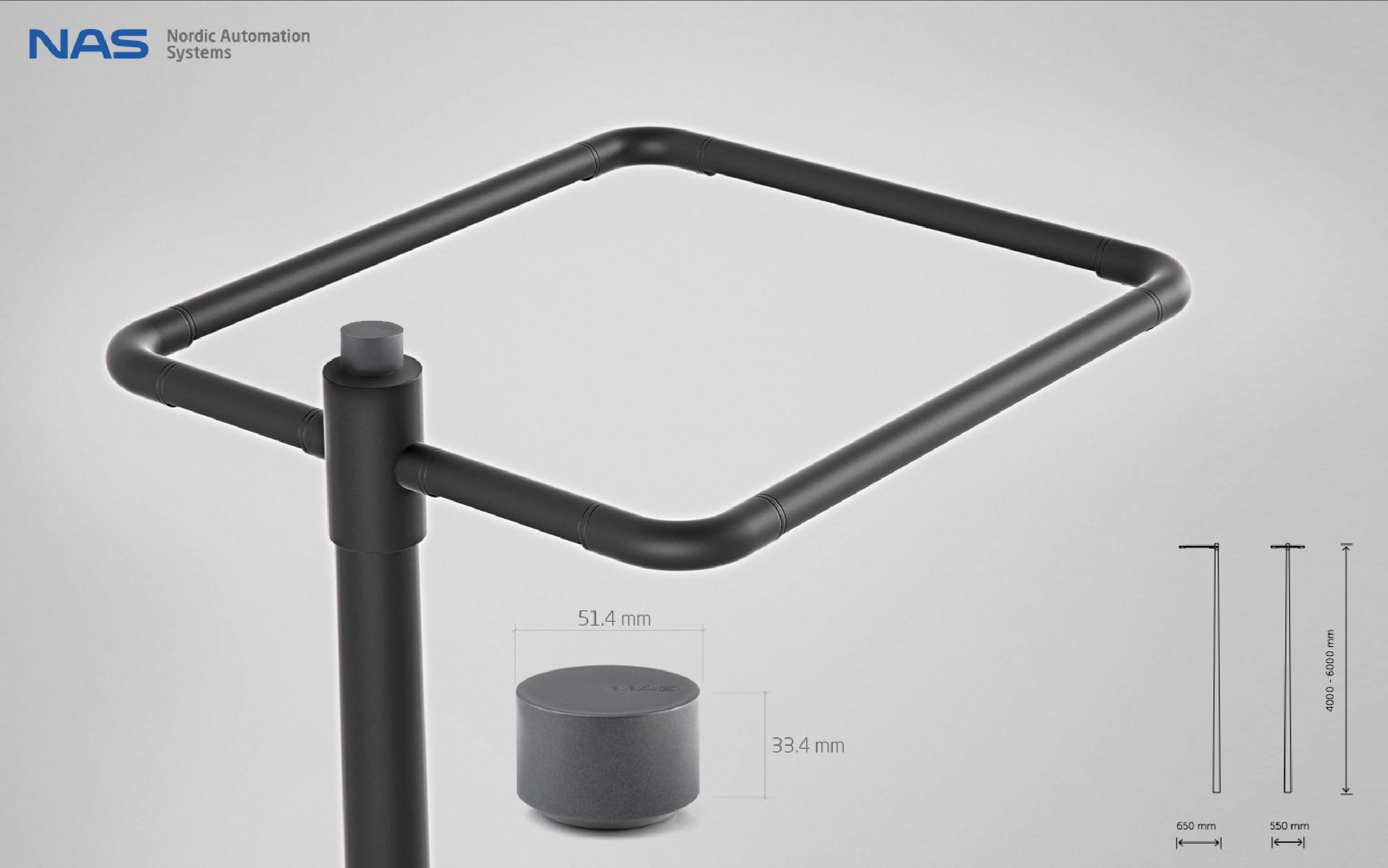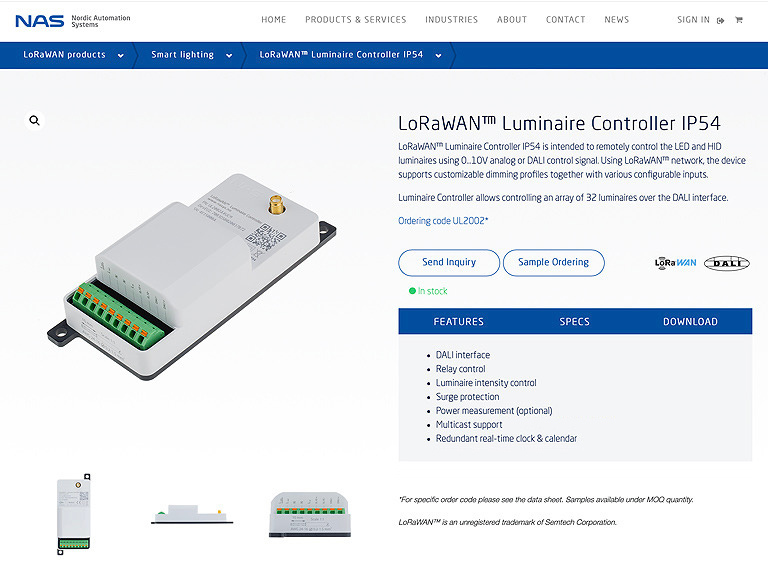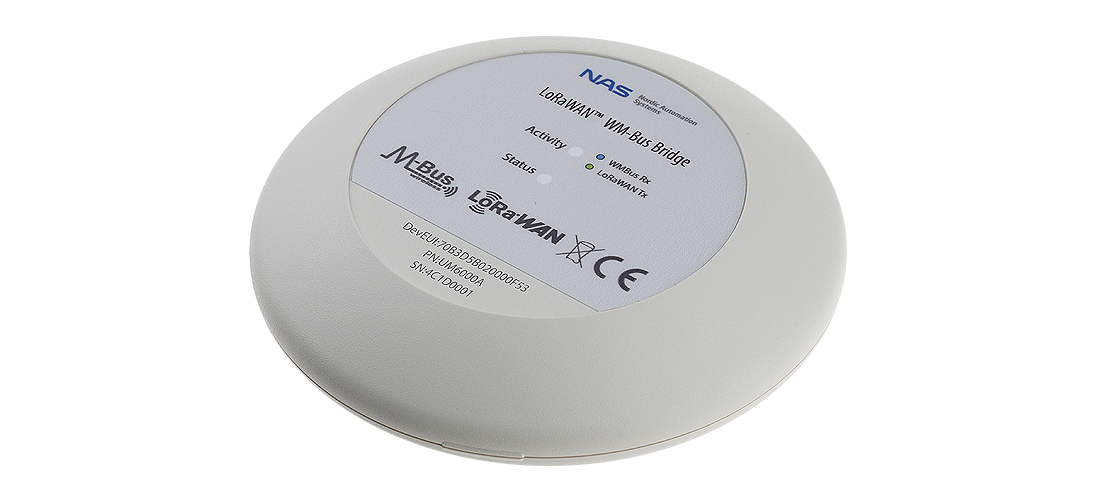Importance of light pollution and how to reduce it
What is light pollution? It is the presence of anthropogenic and artificial lights in the night environment. Too much light pollution has consequences: it washes out starlight in the night sky, interferes with astronomical research, disrupts ecosystems, has adverse health affects and wastes energy.
Street lights are needed in everyday life for various reasons: in addition to helping artificially extend the hours of the day for different activities, it is vital for our safety. On the other side it poses a serious threat to nocturnal wildlife, having negative impacts on plant and animal physiology. Even humans are dependent on natural body cycles and the production of melatonin, which is regulated by light and dark.
With respect to energy wastage, lighting is responsible for at least one-fourth of all electrical consumption worldwide. Over-illumination can lead to energy wastage, especially the upward directed lighting at night. Energy waste also generates unnecessary cost and increases carbon footprint.
Light pollution is one of the most overlooked problems municipalities face. There are ways to decrease the amount of light wasted, without the need to make compromises on the benefits of having lights. Using appropriate lights with controlled infrastructure will decrease the need of energy drastically, due to lights being used more efficiently (controlling the colour temperature, brightness working hours and light direction/angle). A further beneficiary is reduced light pollution.
Companies have teamed up with NAS to provide local municipalities with our Smart Street Lighting Solution based on LoRaWAN®. Within the past 6 months we have shipped over 30 000 Luminaire Controllers to more than 15 cities.
Current NAS product line consists of four different types of luminaire controllers based on LoRa technology. These will soon be followed with NB-IoT/Cat-M models. All devices support customisable dimming profiles that can also be switched based on sunrise/sunset. Some models have additional (or optional) inputs for light intensity, movement etc. Depending on the model they can measure energy consumption or read it from the connected driver. The devices range from classical controller that can be mounted inside or outside the pole to NEMA and Zhaga® 18 models, that feature a push-and-twist lock mount and can retrofit a simple luminaire to smart light in seconds.
With some of the projects already finished and some nearing the end of installation, we are excited to see the positive effects the smart street lighting on municipalities and their residents.
Come and join us, to make a change and reduce your carbon footprint in the world!
For more information related to the Smart Street Lighting Solution please contact us: sales@nasys.no


